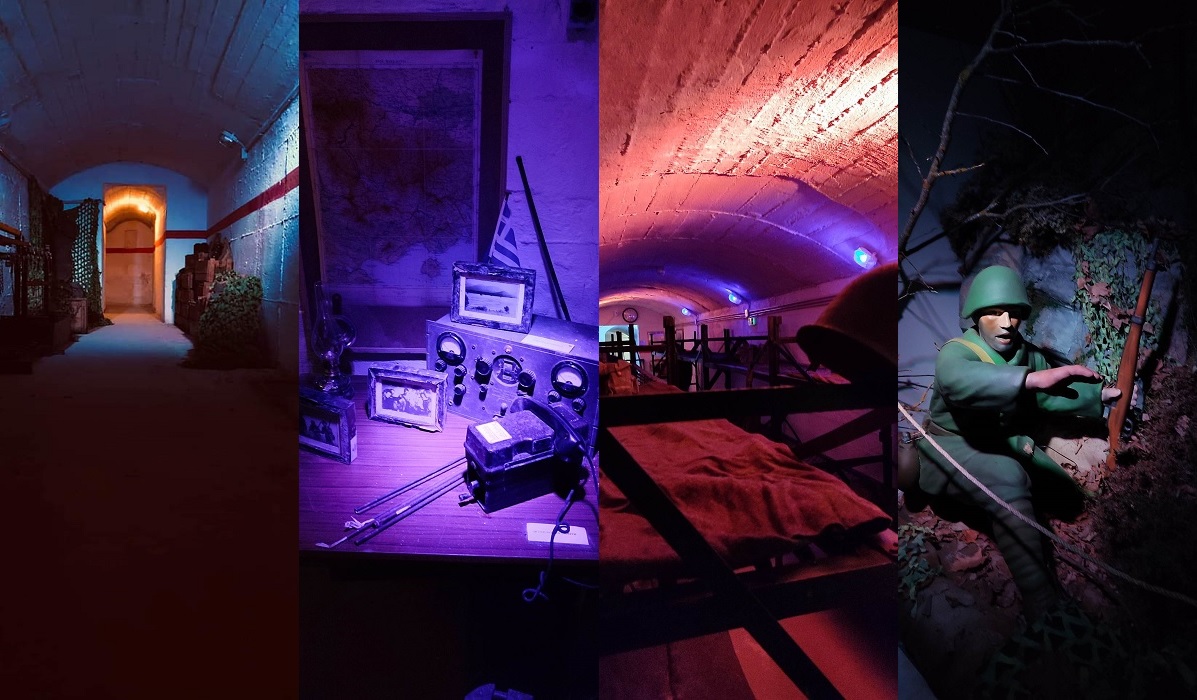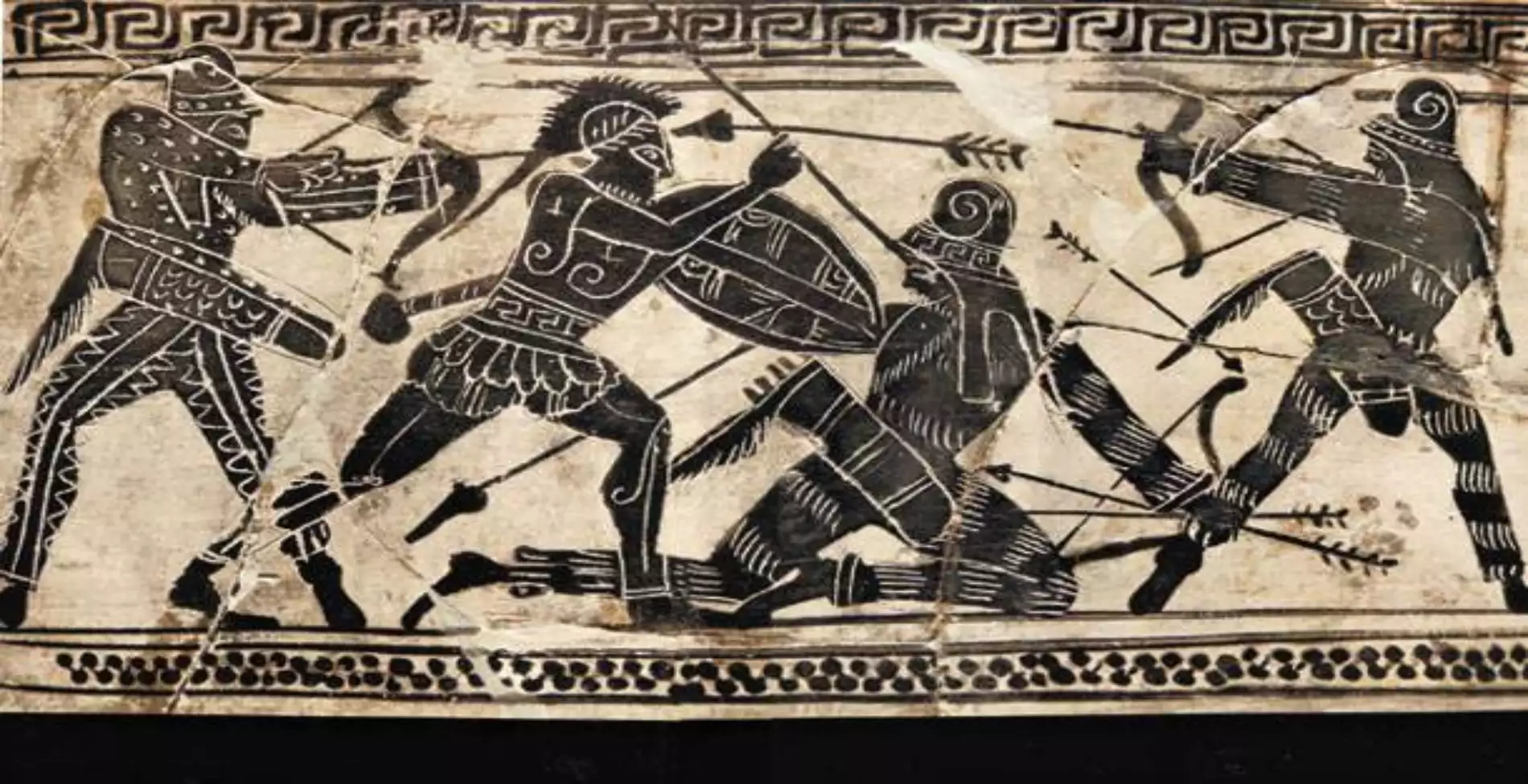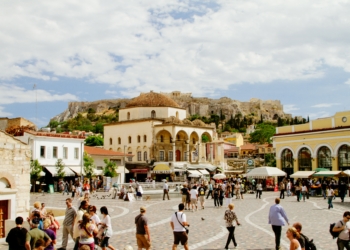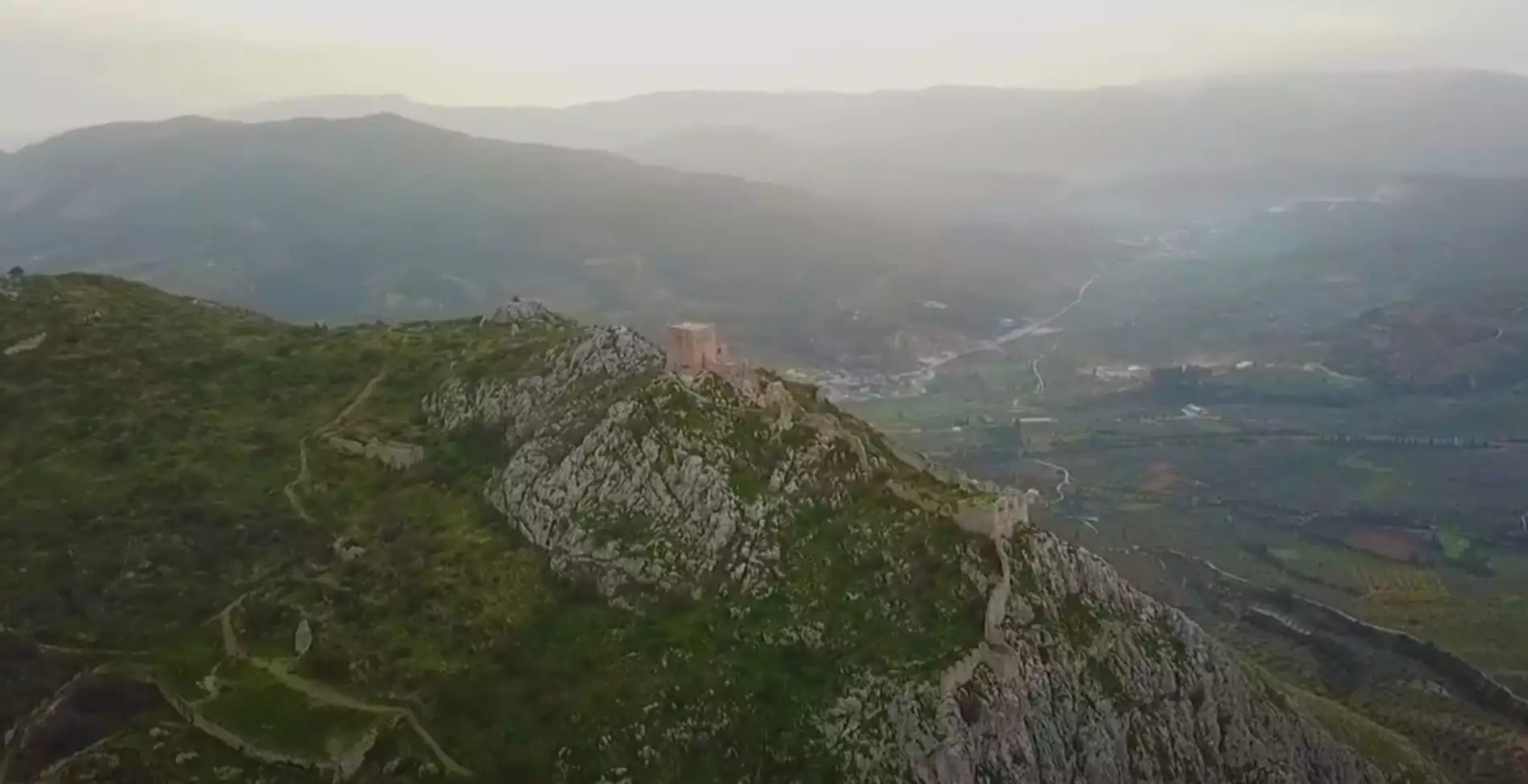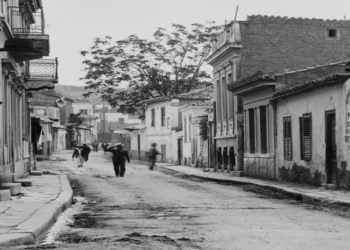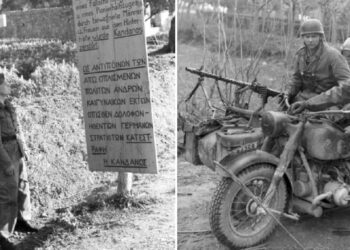Fort Lisse and its unique history. In the distant era of World War II, the period of the German invasion, when the Greek Army fought bravely against the German and Bulgarian divisions, some of the fiercest and most difficult battles were fought at the fortress of Lisse, from 6 to 9 April 1941. The fort withstood persistent and all-out attacks, but finally surrendered on April 10, 1941, after the capitulation of Greece. Thus, many Greek divisions were forced to withdraw in an orderly manner and with their weapons, with the Germans even paying tribute to the heroes of the fort. The complex of forts Lise was the only one that did not fall from the Nazi forces but surrendered only when Thessaloniki ceased to be in the hands of the Greeks.
The unknown ancient Greek city with the king who should not have been seen by the sun
Fort Lisse: A construction secretly
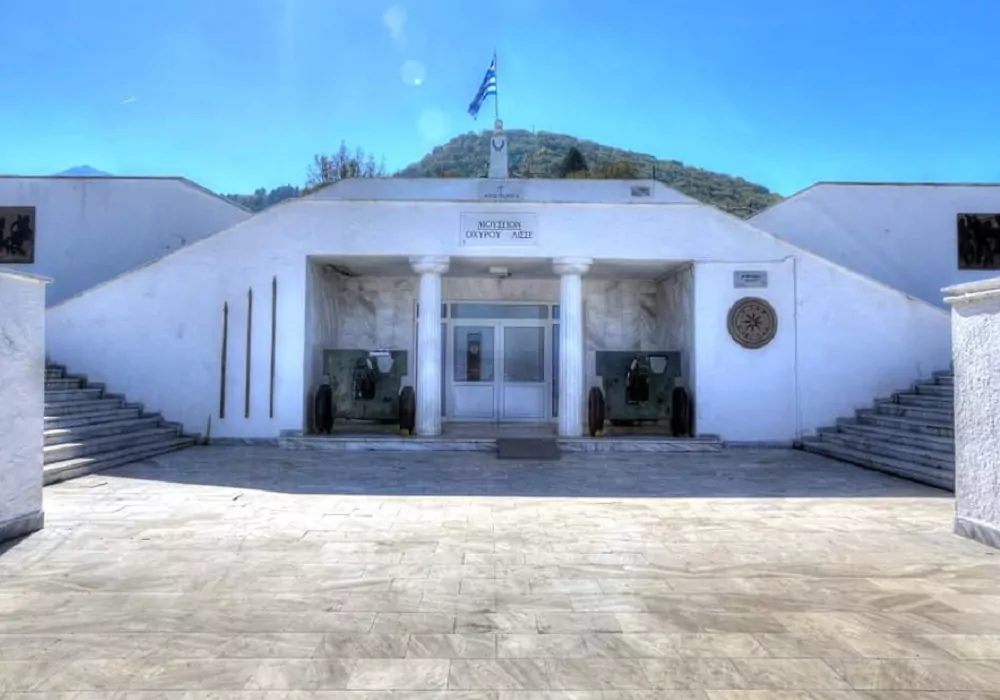
The Germans asked the Greeks to learn the secrets of the construction of the forts, but Major Georgios Detorakis, commander of Fort Lisse, refused any cooperation. It’s time to recommend it to you, though, better!
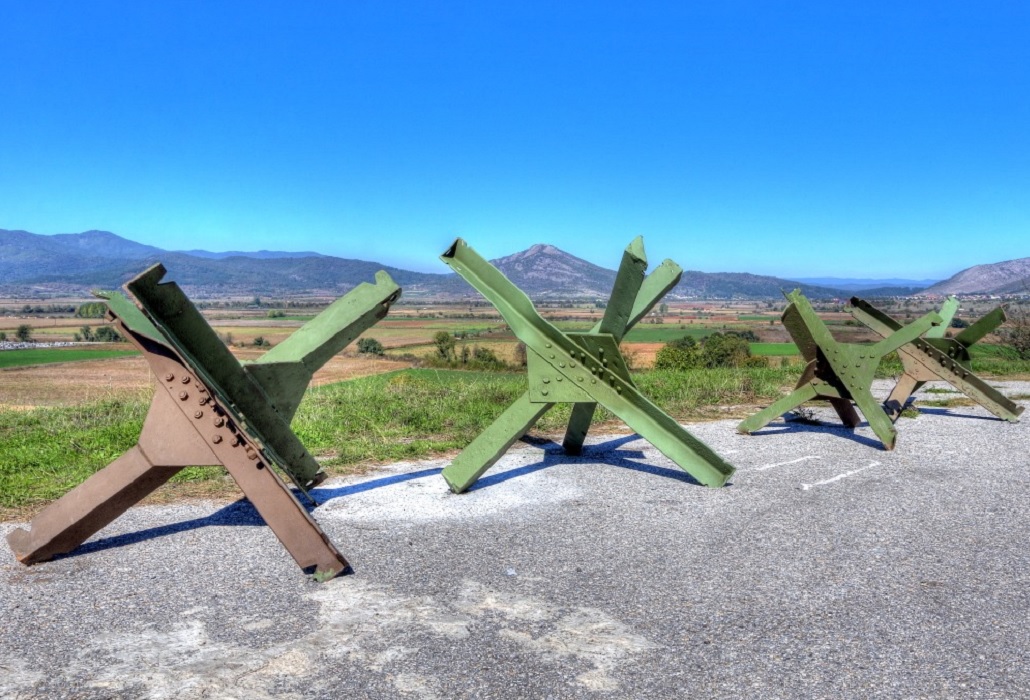
It is located in the prefecture of Drama, about 640 kilometers from Athens, and is a defensive complex (one of 21 in total called “Fortresses”) along the Greek-Bulgarian border bearing the name “Metaxas Line” – Lise was the flagship of this line. It is the largest fortress of the “Metaxas Defense Line”, out of the six in the area (Maliaga, Perithori, Partaluska, Lise Dasavli, Pyramidoid) with 1,849 meters and a length of galleries of 4,251 meters.
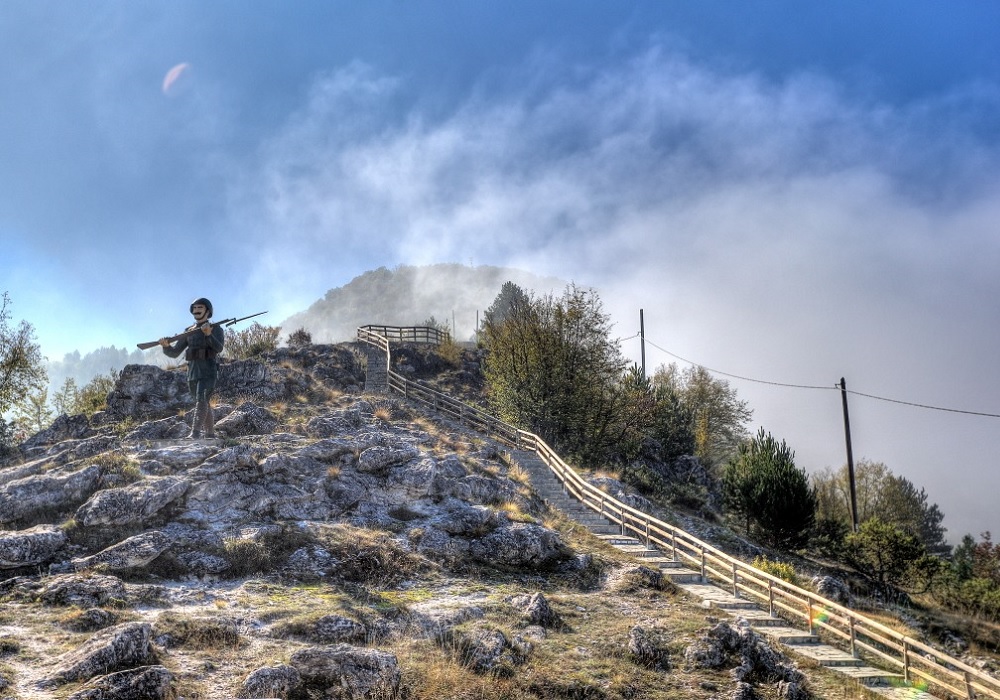
About 2 km from the town of Nevrokopi, Fort Lisse is located on the hill that rises in the plain of Nevrokopi, remaining well hidden in the insides of a granite rock (at an altitude of 771 m). It took its name from the name of the nearby village and gave its own to the village (exchanging noun names).
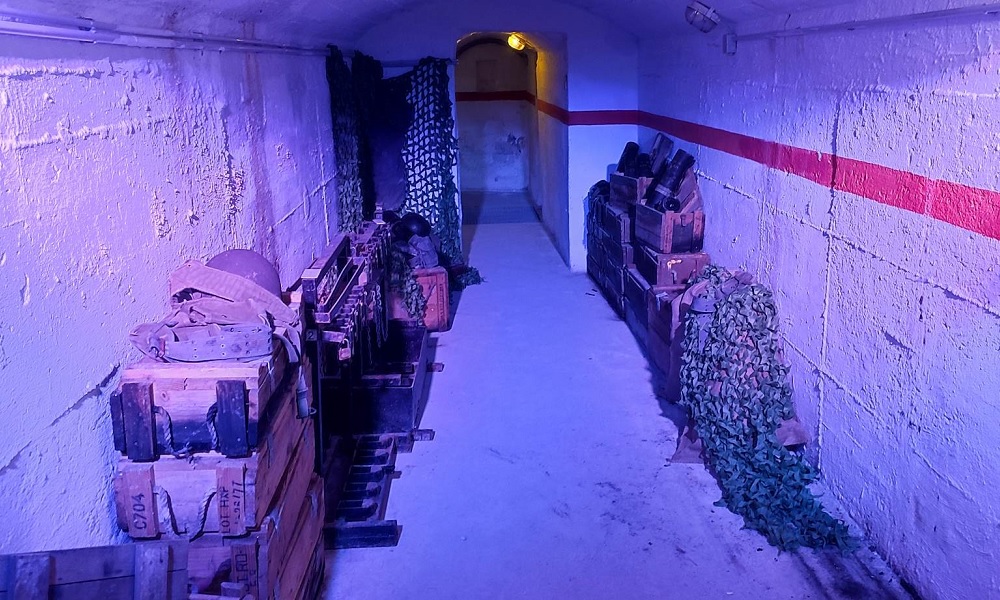
It was constructed in the period 1936-1940, in a strategic position where there was a World War I Containment Fortress, and part of it was included in the new fortification. Its fortifications are created by four groups of galleries (turtles) throughout the hill. As for the underground galleries of the fort, they exceed 950 meters in total. Two of the tunnel complexes communicate with underpasses, while the other two are autonomous defensive installations.
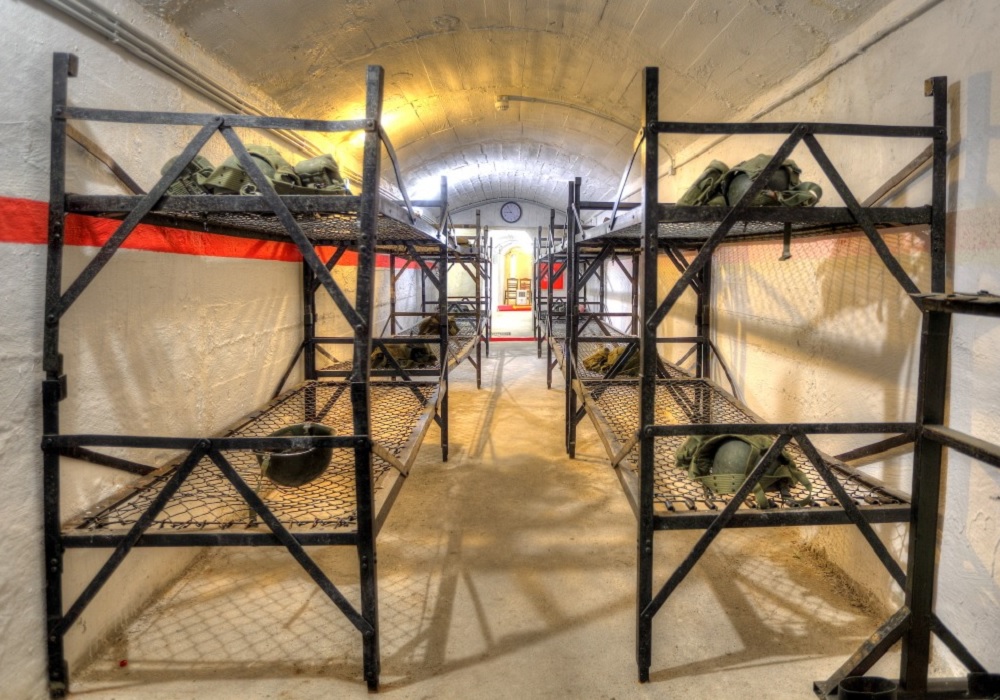
As long as the fort was active, it had machine guns, facilities for accommodation and storage, water tanks, generators, armament, and positions for military vehicles. Its force consisted of 12 officers and 457 soldiers. Due to the need for camouflage, its facilities were – and remain – inconspicuous from the outside.
The city of Greece with the tank at its entrance
Fort Lisse Museum Tour
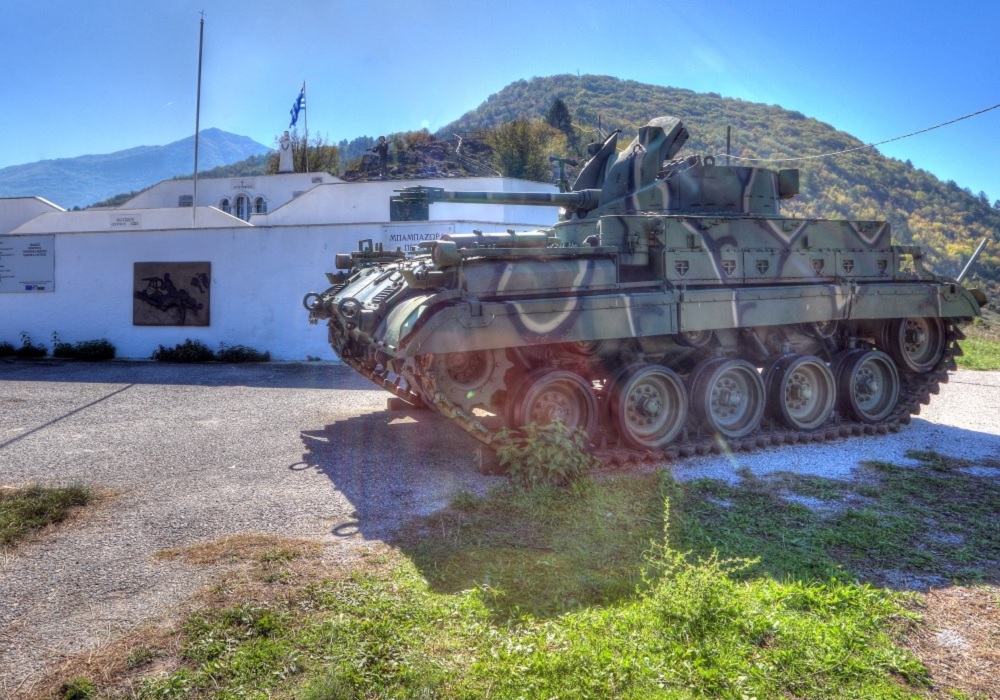
Today, visitors to the area can tour one of the galleries but also stroll through the small museum that was erected in 2002 and renovated. In the specially designed interior of the museum, samples of personal weapons of the World War II era are exhibited, such as revolvers, pistols, rifles, carbines, and automatic weapons – mainly of German and Italian origin.
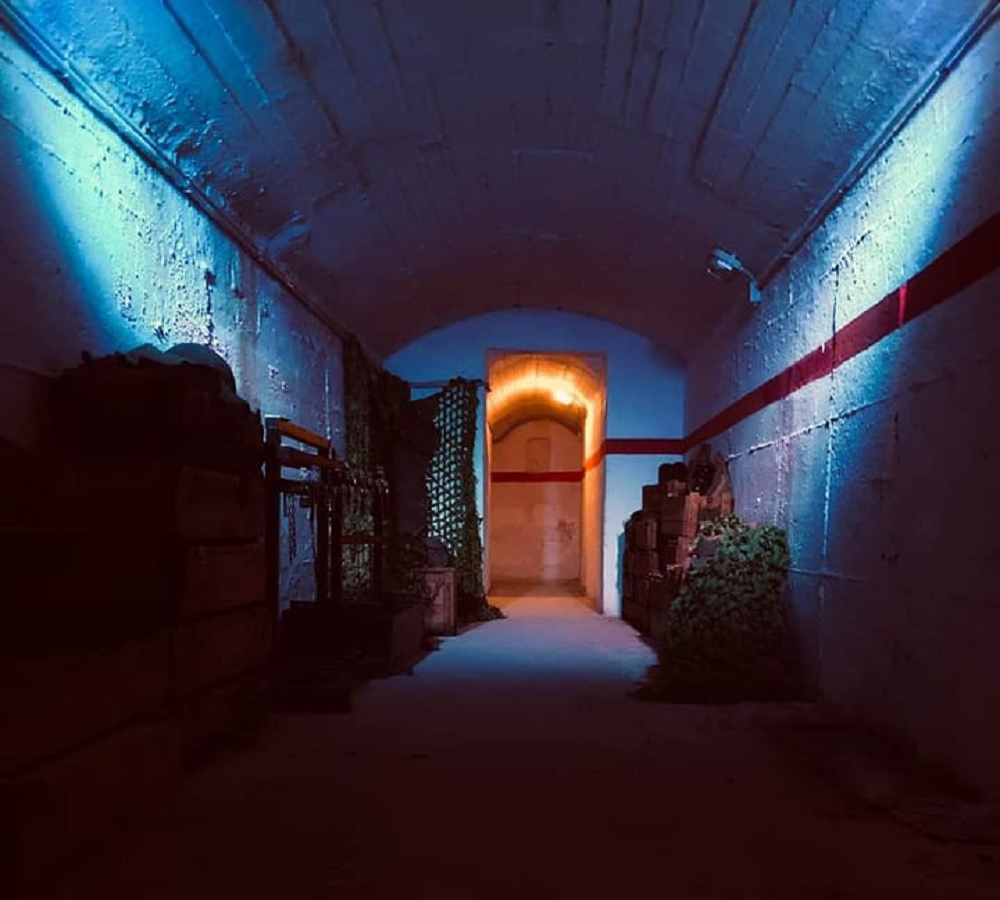
Their own special place has the uniforms but also the decorations and medals awarded to officers who played an important role in the battle of the Fort as well as the personal belongings of soldiers and officers. Also, in the courtyard, there are cannons of the Greek army, which were used to defend the forts.
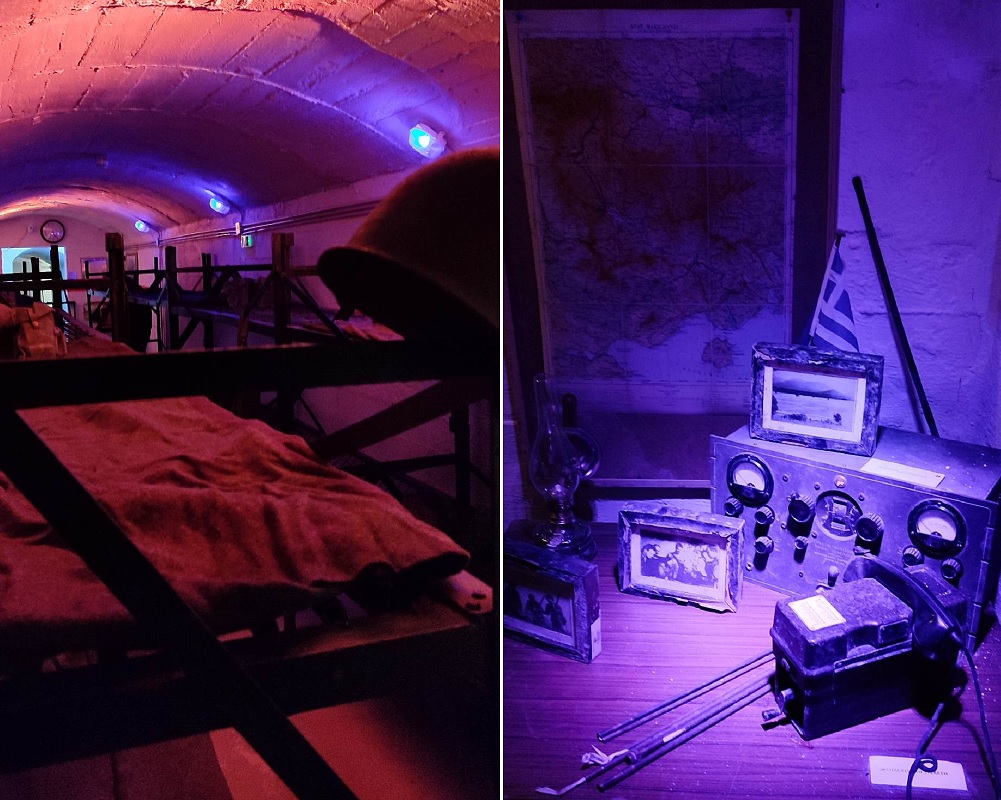
In the center of the museum, there is a model of the geographical area where the battle was conducted, where the visitor can watch its audiovisual conduct.
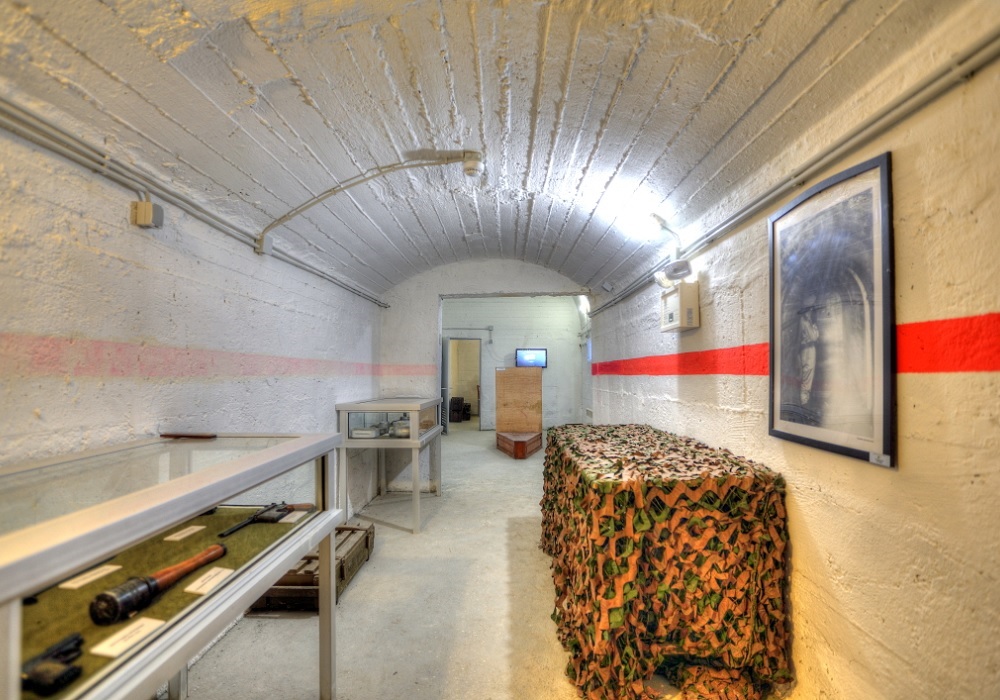
On 2/4/2023, the new Virtual Reality Thematic Area opens in the building of the former community of Fortress. The highly impressive venue is equipped with a VR Room and offers a highly graphic experience in the historic battle. Information to visit it, at lissepark.gr.
Travel to Greece – Google News – Follow us
Read Also:
The legendary shield of Achilles and its special symbolisms
The Greek stone bridge has an arch of an almost perfect circle
Attica: Caesariani Monastery, one of the most beautiful byzantine temple


